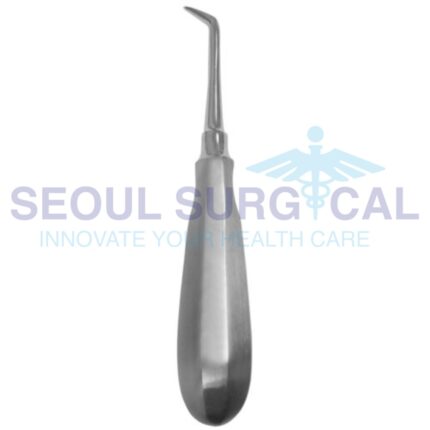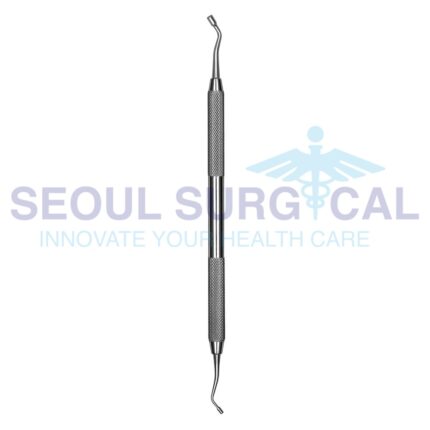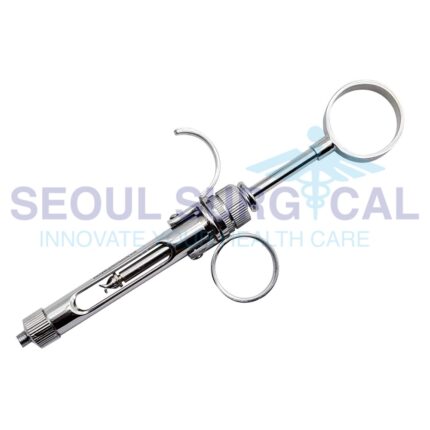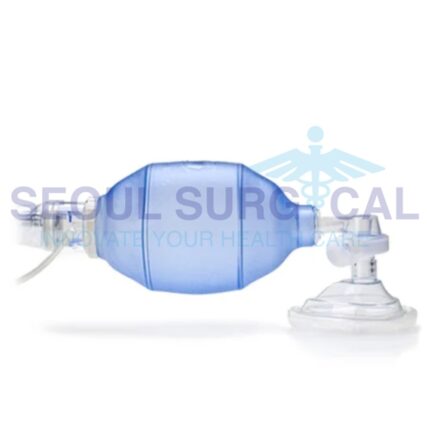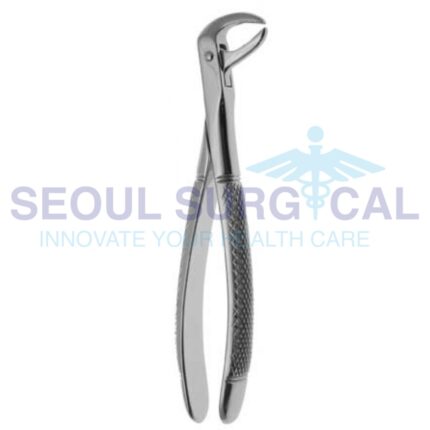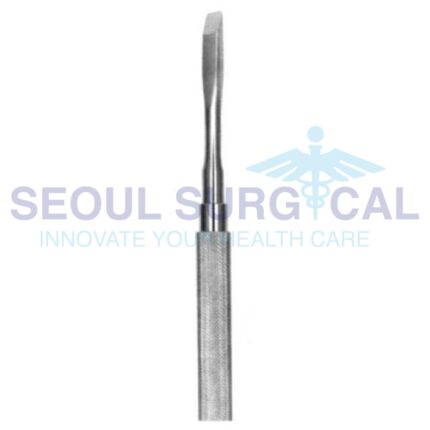Surgical Symphony: The Harmony of Bone Instruments in Orthopedics
It's essential to note that the specific instruments used can vary depending on the type of surgery, the anatomical location, and the surgeon's preference. Surgeons and surgical teams carefully select and use these instruments to ensure precision, safety, and optimal outcomes in bone-related procedures.
Synergizing Energy: A Deep Dive into the Functionality of Amalgam Condensers
In recent years, there has been a growing emphasis on alternative dental materials and techniques, such as tooth-colored composites, due to concerns about the use of mercury in dental amalgam. However, amalgam condensers remain a staple in dental practices where amalgam fillings are still employed, ensuring precise and effective placement for optimal patient outcomes.
The Precision of Calm: Exploring Advanced Anesthesia Instrumentation
Wisdom Unleashed: Navigating Surgical Procedures with Advanced Wisdom Forceps
Woodcarving Mastery: Precision and Detail with Chisels and Gouges
It's important to note that dental chisels and gouges require skill and precision in their use. Proper technique, along with knowledge of dental anatomy and the specific requirements of each procedure, ensures successful outcomes and patient comfort. Dental professionals select these instruments based on the nature of the procedure and the specific characteristics of the tooth being treated.

